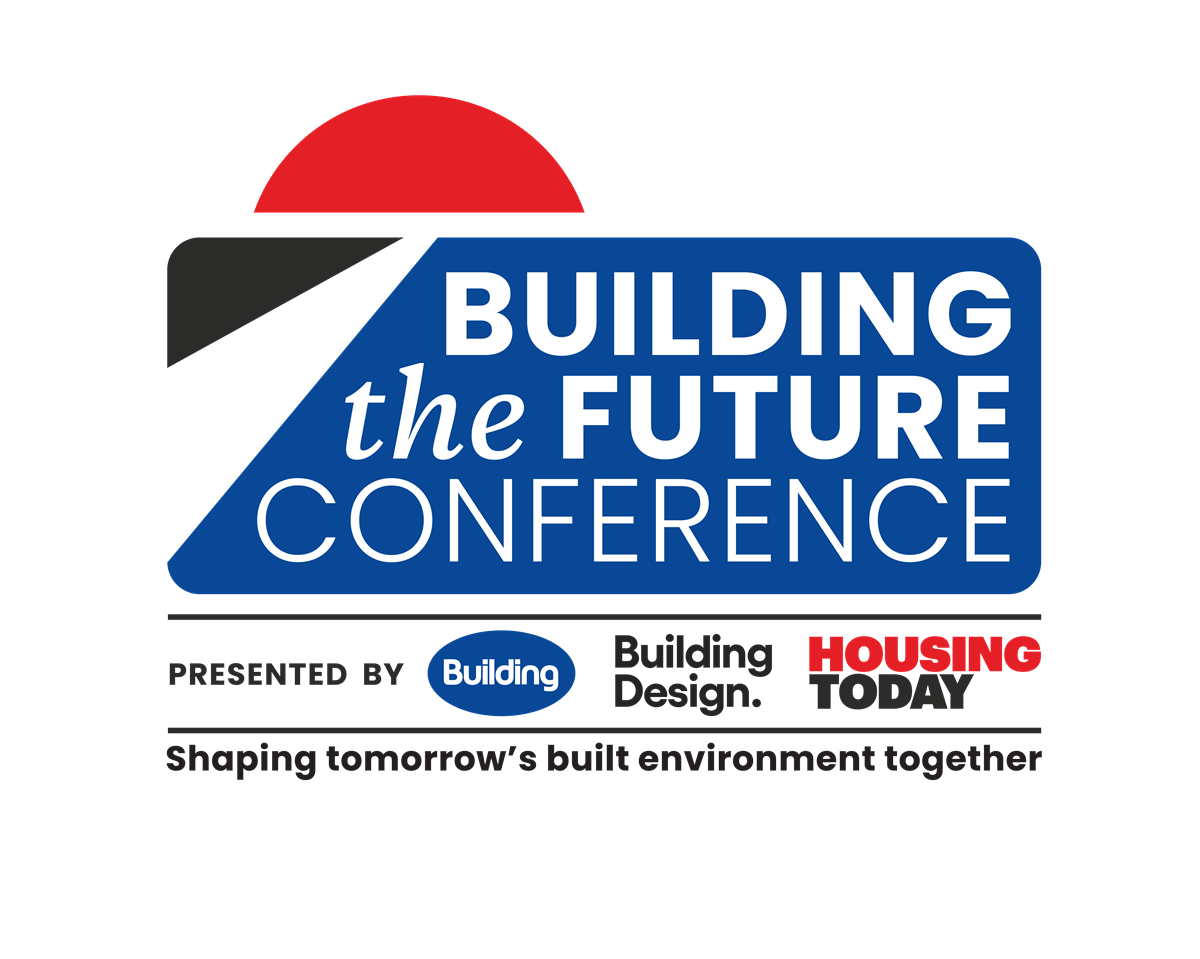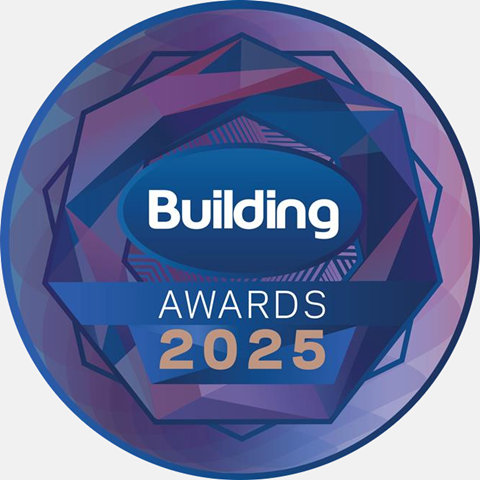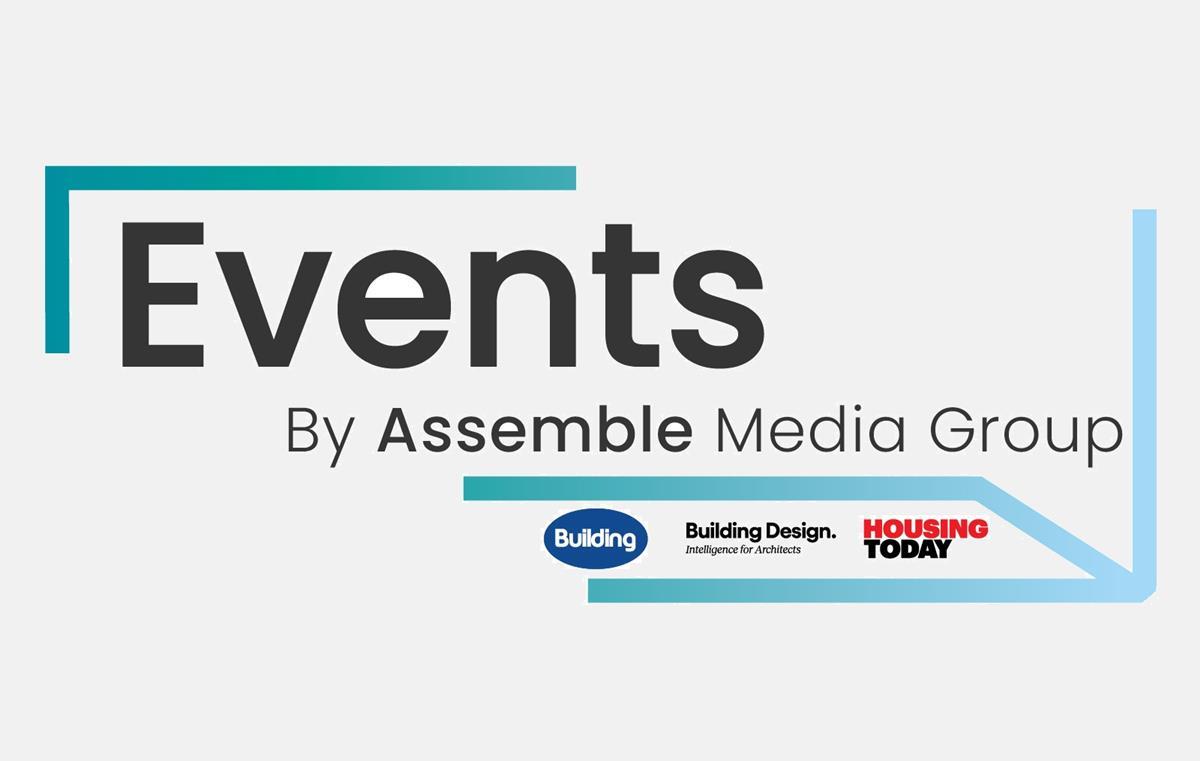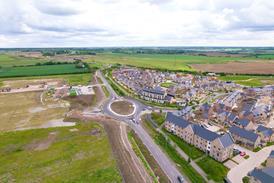With some minor modifications, the act could be an effective tool for improving building safety while still encouraging the delivery of projects in a timely and cost-effective way, says Robin Holme at TFT

The government has fired the starting gun and developers and owners are now racing to complete the remediation of high-rise buildings (HRBs) with combustible cladding before the end of 2029. Every building above 11 metres with unsafe cladding must either have been remediated by then, or have a date set for its completion. Otherwise the landlords will be liable for severe penalties.
The government is now firmly pushing self-remediation by those developers who signed up to the “developer pledge” under the previous regime, as well as providing additional funding for those works not covered. It has also changed the course and the rules for those in the race, making the latest expectations of investors and developers even higher than they were prior to the implementation of the Building Safety Act (BSA).
>> Also read: What the delays at the building safety regulator mean for high-rise development
Rather than being a flat-out sprint for those required to tackle HRBs affected by combustible cladding, the “remediation acceleration plan” has become a steeplechase with three distinct hurdles (or “gateways”) to overcome. Each hurdle requires what is effectively a hard stop (deceleration) for participants while the stewards (the building safety regulator, or BSR)) hold an inquiry at each jump.
Even the final stewards’ inquiry at the finishing line does not guarantee that there will be any “winners” – and those not completing the course within the timescales will face severe fines.
The impact: obstacles, delays, constraints
It is commendable that the government is so obviously well-intentioned in its desire to make safe and significantly increase the UK’s current residential building stock, now covering remediation of residential blocks of 11 metres or higher, including both retrofit and new-build. However, developers continue to be seriously hampered by the delivery process timescales established by the BSA.
Currently, it is taking far longer to deliver project upgrades than legislation/regulations originally envisaged. This is in no small part due to a chronic lack of resourcing in terms of sufficient or competent inspectors acting on behalf of the BSR.
This shortage of inspectors cannot only add months on to the gateway validation process; it can also mean that developers do not have access to the sort of pre-submission technical advice which, ideally, they should seek in order to minimise any issues impacting applications for upgrade works.
Indeed, we are increasingly seeing applications stalled or rejected simply because the BSR set-up lacks the resources to guide developers through the process, guidance which would otherwise allow errors to be addressed/resolved early on and works to move ahead promptly.
Also, the sheer volume of applications appears to be too high for the process to deal with; the BSR has a statutory timescale of eight weeks to review applications, yet some consultants are reporting that they have applications which have been awaiting review for timescales of as much as 40 weeks.
A recent freedom of information request submitted by the Fire Industry Association (FIA) – see: FOI reveals number of Gateway 2 applications approved by BSR | Fire Protection Association – has revealed the extent of BSR gateway 2 applications to be:
- 106 applications submitted
- 9 approved (of which five were within statutory periods)
- 76 in progress (others rejected, not registered or withdrawn)
There continues to be significant inconsistencies in the government’s requirements. For example, with regard to fire safety, there seems to be no real clarity on what ultimately constitutes a safe building.
The term “tolerable risk” is frequently used, but fire engineers regularly disagree about how and when this is achieved. EWS1 ratings A1, 2, 3, B1 and B2 introduced previously and designed for lenders and PAS9980 methodology for assessing external wall risk have significantly helped, but these are not applied in the same way by every fire engineer or from building to building and need further clarification.
With some small but quick fixes, the process could be made more achievable and realistic
These issues – and others – are already having an impact on the ability of owners to sell their assets across all property types – now and in the future – as buyers and sellers are increasingly wanting a clean bill of health during the sale process. For many working in the sector, it would appear that the government has created unachievable targets for its own BSR process from the outset.
However, with some small but quick fixes, the process could be made more achievable and realistic and the government’s expectations of the runners and riders tackling the hurdles become more feasible.
Advocating for progress
Frustration with the process is not just as a result of cladding issues but relates to wider fire strategy issues with buildings and includes not just residential schemes but a range of other property types such as hotels and offices built by the same developers, using the same materials and techniques. Greater clarity is needed not just on fire strategy issues but also on how they apply to different asset classes.
In addition, in a post-Grenfell environment, the government should be encouraging industry-wide initiatives that embrace progress, such as the establishment of a national training programme (or equivalent) for all those working on buildings and fire safety to provide a more standardised/joined-up approach to managing competencies around these issues. In particular, there is a need for more competent fire engineers as well as project managers and contractors in the UK.
With modifications, the BSA could be a more effective tool for improving building safety while still encouraging the delivery of projects in a timely and cost-effective way while protecting the investments which owners have made in them over the long term.
However, until the key issues around process – resourcing, definition and risk – are better addressed and many of the current discrepancies are ironed out (eg ensuring that fire strategies are provided at the right time; that they are geared to deliver a clear agreed risk level; that designs refer back to them; and that the completed project fully aligns with the current adopted fire strategy) there will continue to be a significant risk that the mistakes or oversights of the past are replicated and the runners in the race will be forced to withdraw and rethink their strategies.



























No comments yet